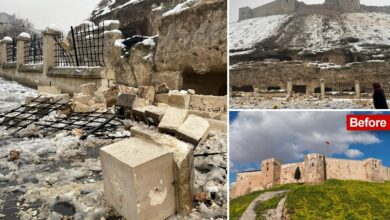10 significant archaeological discoveries from all around the world:
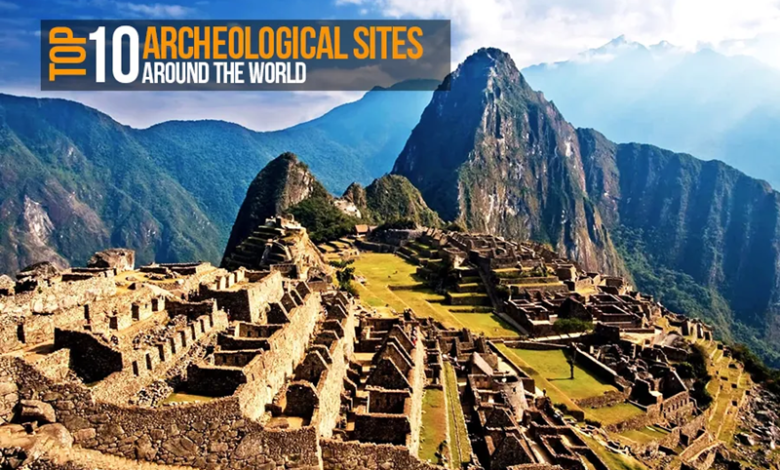
News Mania Desk/Rakshanda Bhattacharjee /28th July 2024
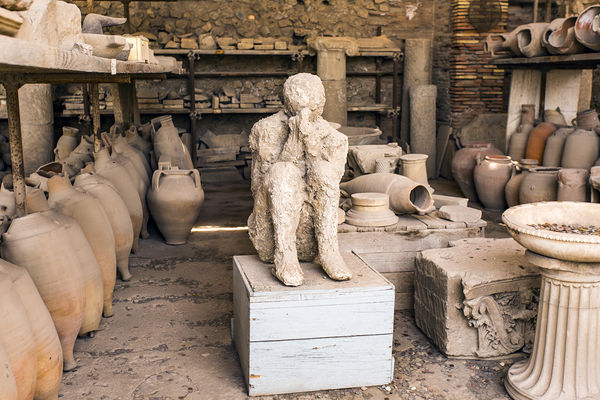
1.Pompeii: Pompeii, an ancient Roman city was buried under ash and pumice. The eruption destroyed the city and killed its inhabitants, a tragic story but one that left us with a vast archaeological site and a hoard of Roman treasure.Buried under ash means no air and moisture, so buildings, objects and cadavers have stayed well-preserved for thousands of years. A great deal of our knowledge of everyday life in a Roman city is owed to the very existence of Pompeii.

- Rosetta stone: The Rosetta Stone was inscribed with a decree from the Ptolemaic King Ptolemy V, inscribed in three languages: Ancient Egyptian hieroglyphs, Demotic script and Ancient Greek.Its discovery in 1799 made it the first Ancient Egyptian bilingual text uncovered in modern times. The language had previously been impossible to decipher and a bilingual find of this kind meant we could begin to make sense of hieroglyphs. We can now translate almost any artefact with Ancient Egyptian hieroglyphs thanks to the discovery of the Rosetta Stone.

- Tutankhamun’s Tomb: The great Tutankhamun owes his fame to Howard Carter and George Herbert’s discovery of his tomb in 1922. (the Egyptian designation for the tomb) was uncovered fairly intact in the Valley of the Kings.Although small in size and seemingly intended for a private individual rather than royalty, the tomb contained over 2,000 pieces of valuable antiques. Tutankhamun remains a worldwide symbol and sparks renewed interest in Ancient Egypt every day. It was a great find that contributed a significant deal to archaeological awareness.

4.Gobekli Tepe and Karahan Tepe (Turkey): New findings from these prehistoric sites include statues and carvings that could date back around 11,000 years. The discoveries offer insights into early human ceremonial practices and social structures.
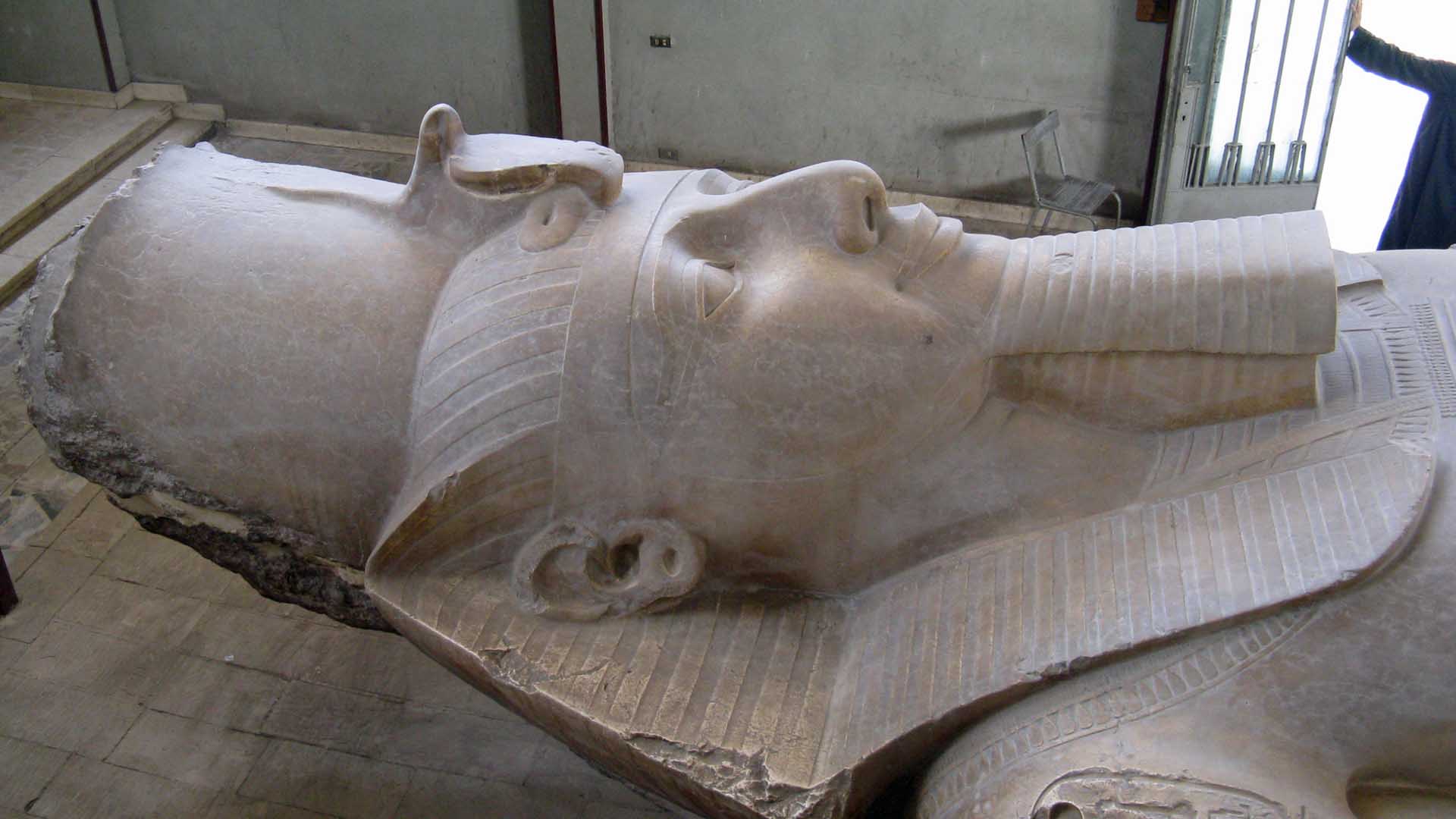
5.Ramses II Statue (Egypt): Archaeologists uncovered the upper half of a massive statue of Ramses II in Hermopolis. The limestone statue, combined with the lower half found nearly a century ago, stands about 23 feet tall and provides insights into the grandeur of Ramses II’s reign.
6.Saqqara Tomb (Egypt):A joint Egypt-Japan mission revealed a 4,000-year-old tomb containing well-preserved artifacts. The discovery adds valuable information about burial practices and daily life in ancient Egypt.
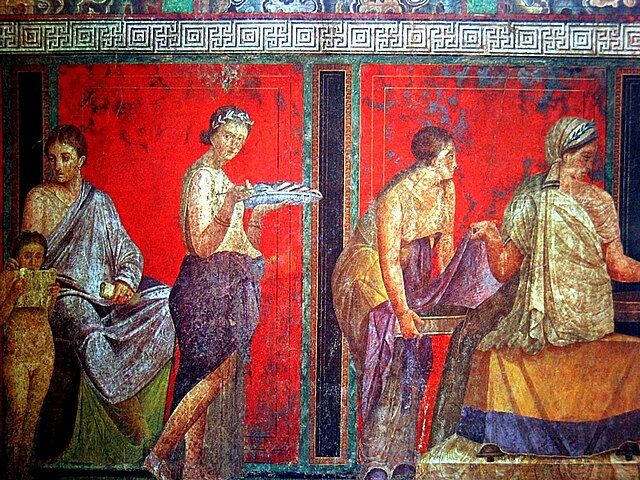
7.Roman Frescos in Pompeii (Italy): New excavations in Pompeii uncovered Roman frescos depicting mythical Greek figures like Helen of Troy and Apollo. These artworks shed light on cultural exchanges and artistic influences in ancient Rome.

8.Neolithic Settlement (Serbia):Archaeologists discovered a 7,000-year-old settlement near the Timiş River, associated with the Vinča culture. The site includes numerous artifacts and structures, offering insights into early European agricultural societies.
9.Roman Service Station (UK):A Roman service station, along with artifacts dating back 12,000 years, was uncovered in the Cotswolds. The site includes items like a Cupid figurine and a nail cleaner, which provide a glimpse into the daily life and travel in Roman Britain.
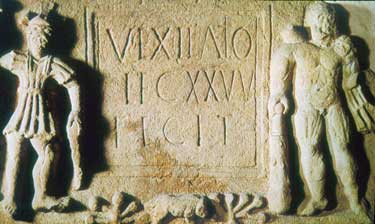
- Hadrian’s Wall Inscriptions (UK):Excavations near Hadrian’s Wall unearthed numerous Roman inscriptions. These findings help historians understand the Roman presence in Britain and provide a glimpse into the lives of Roman soldiers stationed there.






